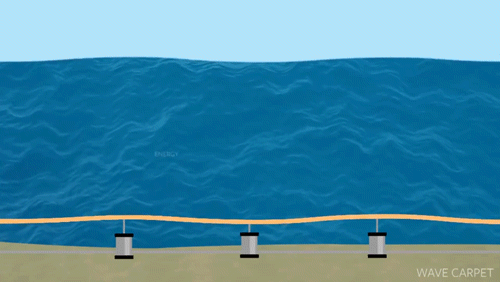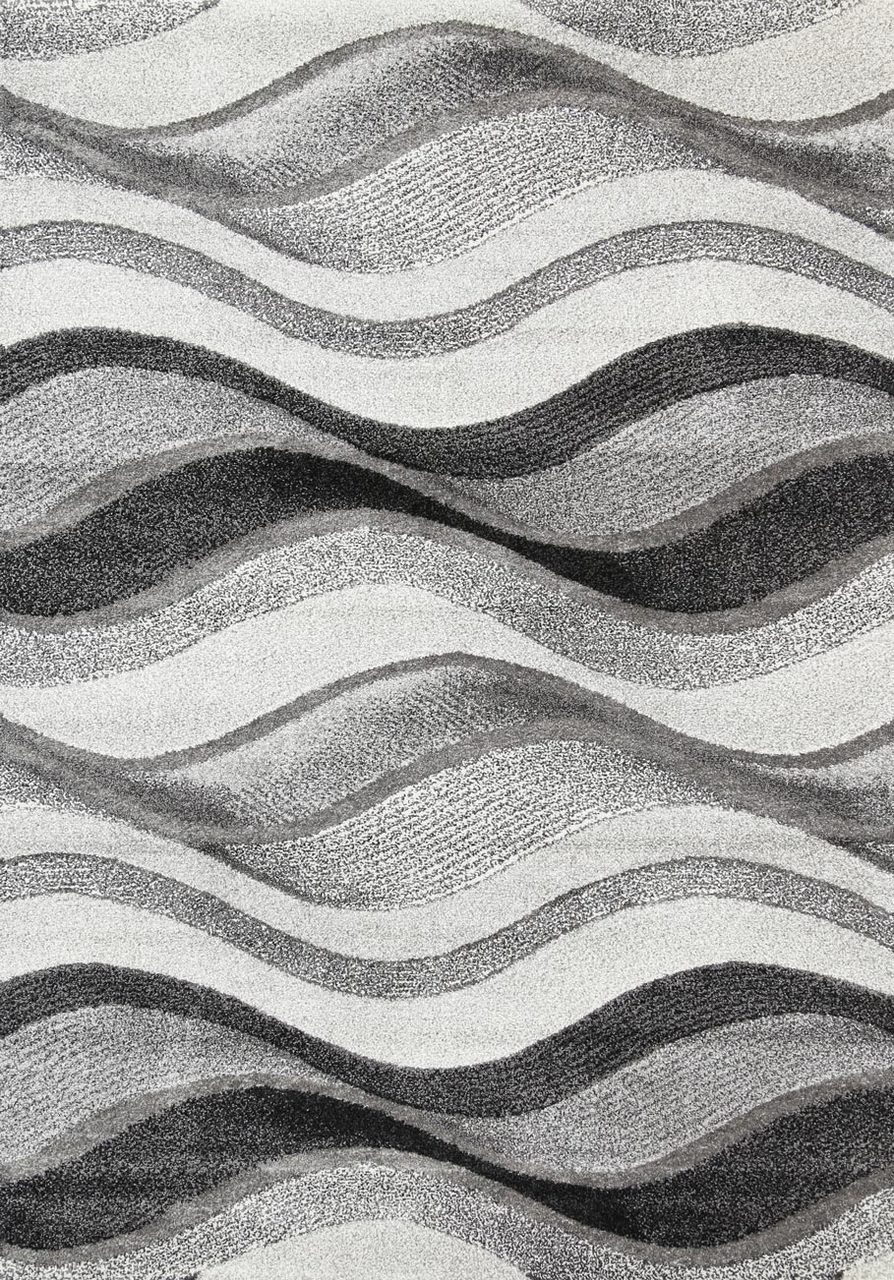Assuming wave energy development follows a similar trajectory anticipated for offshore wind this production can increase to meet our target of displacing 500 million tons of ghg equivalent annually by 2050.
Wave carpet berkeley.
In results presented most recently at the 10th european wave and tidal energy conference in denmark the researchers showed that the wave carpet was able to absorb more than 90 percent of incoming wave energy.
Called a wave carpet it harnesses the predictable wave power to obtain usable energy.
Wave carpet is an efficient and environmentally friendly ocean wave energy capturing device investigated and tested by taf lab.
The wave carpet which looks much like its name suggests was developed by reza alam a uc berkeley assistant professor of mechanical engineering who in previous research identified the incredible amount of energy that can be extracted from muddy seabeds the pockets of the shoreline that fishing boats often retreat to during storms.
To help realize some of that potential a team of engineers called calwave working closely with uc berkeley s theoretical and applied fluid dynamics laboratory has developed a wave carpet invented by berkeley engineering professor reza alam.
It s built of corrosion resistant materials operates submerged and thus sheltered from storm conditions and sits far enough below the waterline to eliminate most surface collision danger.
Our design uses a synthetic seabed carpet that is connected to a grid of generators underneath that has the ability to extract wave energy the same way the muddy seafloor does.
As the waves roll through the carpets motion produces hydraulic pressure energy.
This energy can to used to turn turbines and generate electricity or to produce fresh water by reverse osmosis.
During his time as a visiting scholar at the theoretical applied fluid dynamics laboratory marcus was inspired by the wave carpet developed by reza alam a uc berkeley assistant professor of mechanical engineering who in previous research had identified that energy could be extracted from muddy seabeds.
Wave energy has the potential to provide 20 30 of global energy demand and forecasts show that ocean energy can reduce sequester 1 38 gigatron co 2 equivalent.








:format(jpeg)/cdn.vox-cdn.com/assets/1202030/ocean_waves_FLICKR_640.jpg)




















